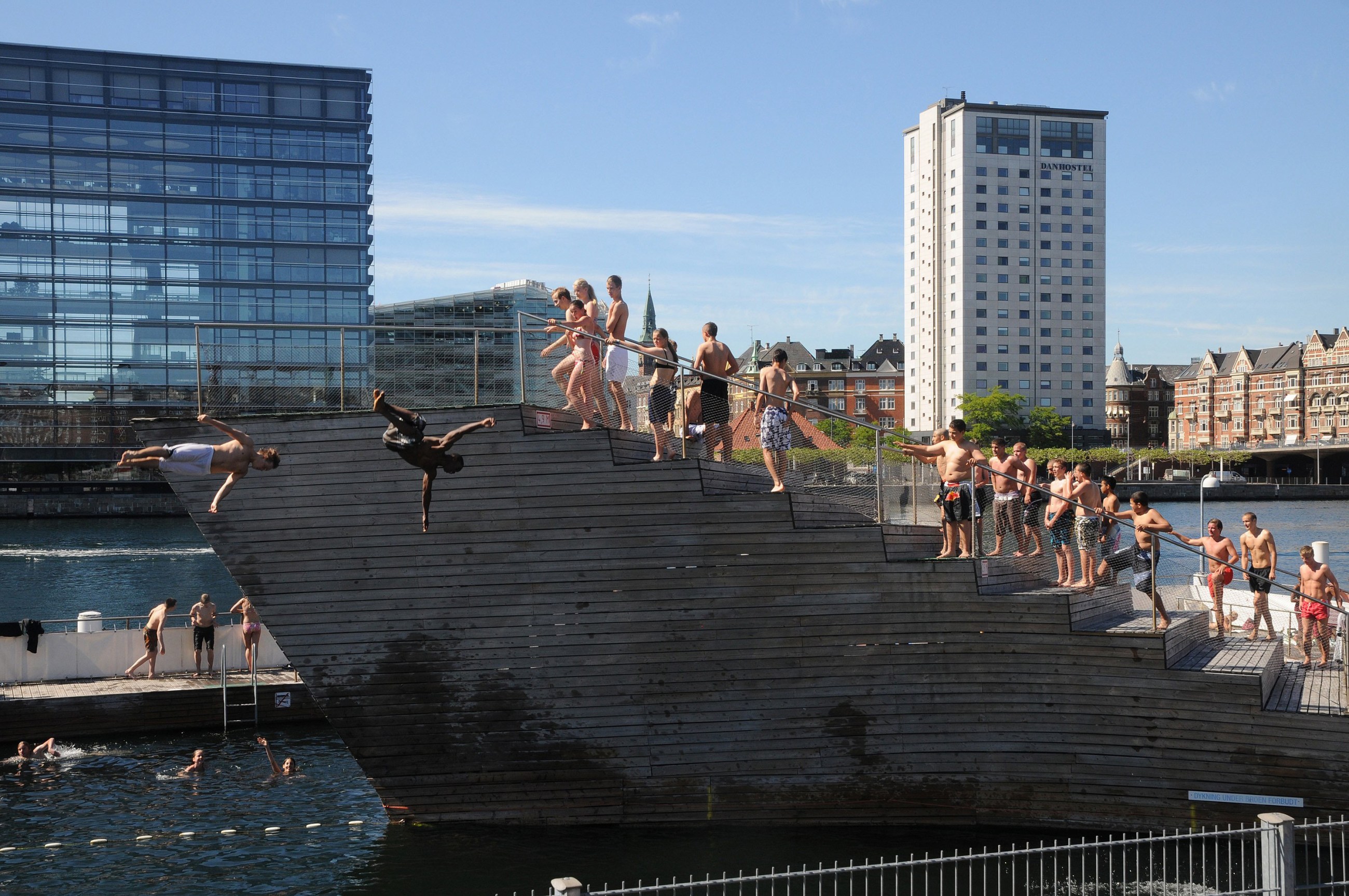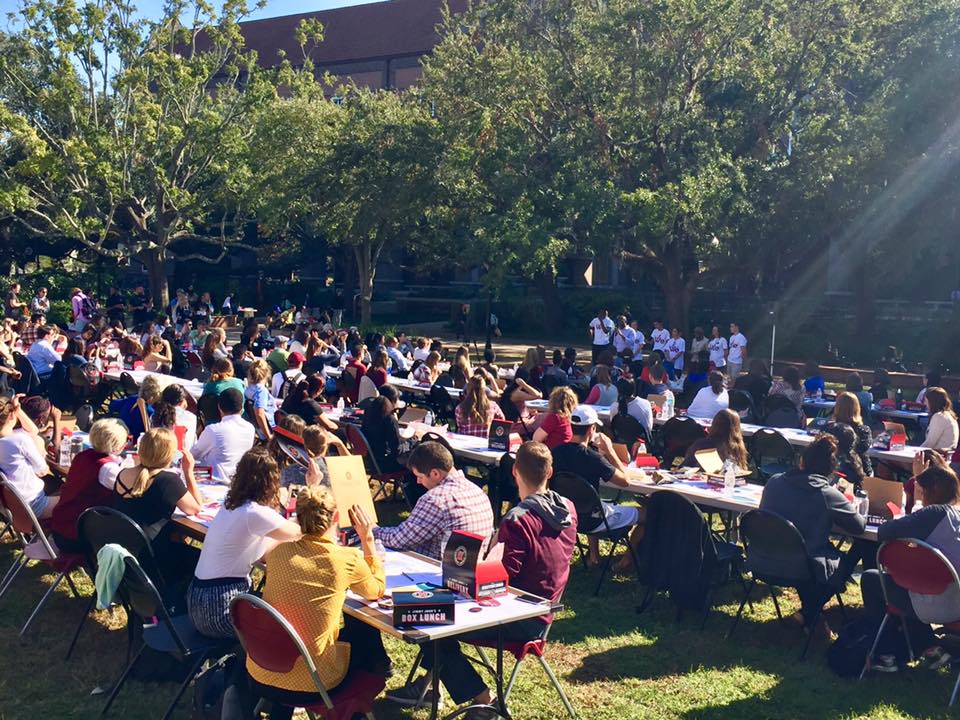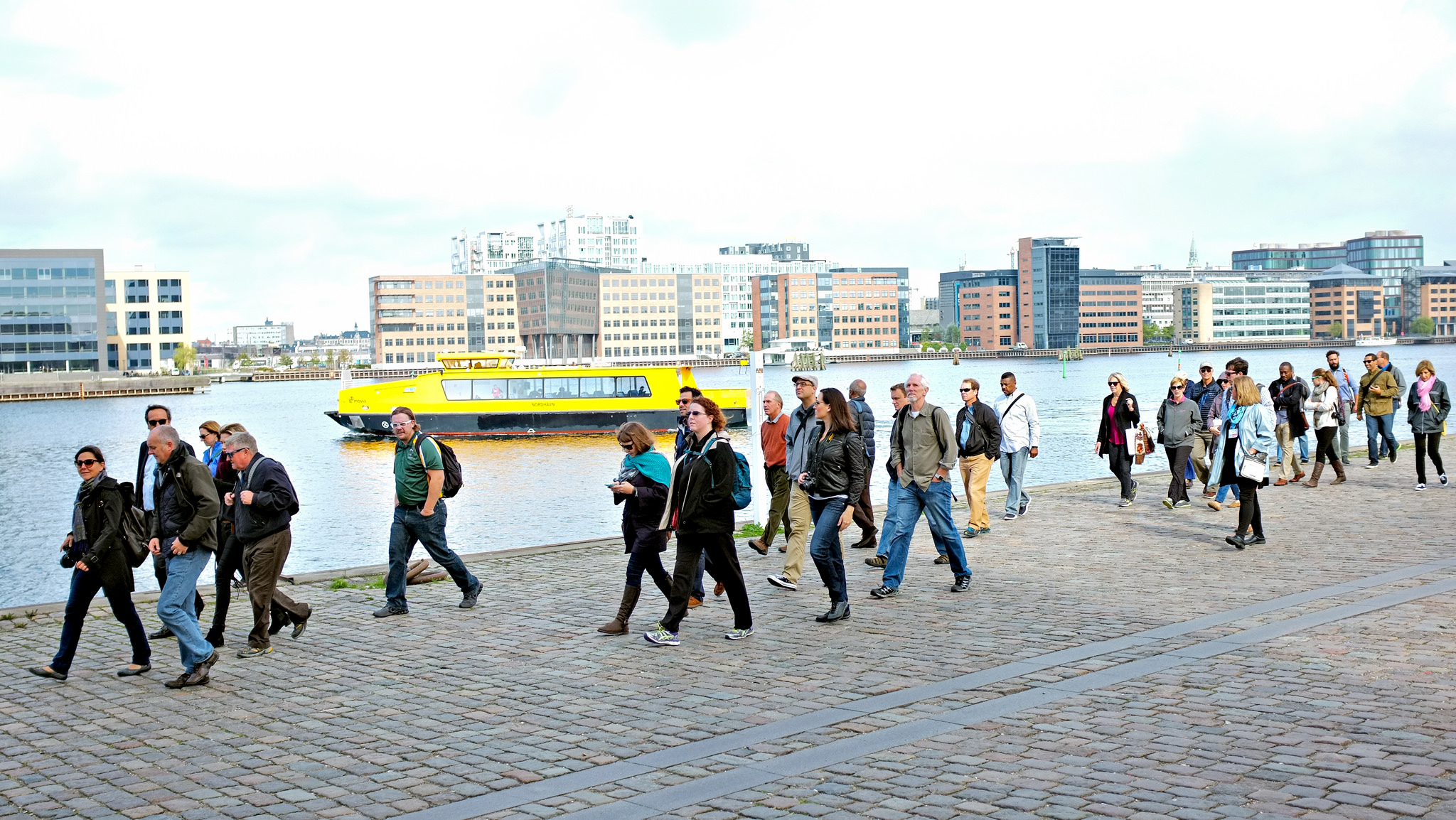
‘Mayor’s Guide to Public Life’ offers civic leaders a blueprint for vibrant cities that better serve residents
Shin-pei Tsay is the executive director of Gehl Institute. Today, Gehl Institute is releasing “A Mayor’s Guide to Public Life,” with Knight Foundation support.
In today’s social climate, caring for each other in our collective spaces is no easy task. Public discourse about life-sustaining issues—jobs, housing, schools, clean air and water— too often devolves into partisan infighting and strained social ties. Many wonder how our communities will work across differences to achieve a common vision. “A Mayor’s Guide to Public Life” provides a framework.
With their broad local authority, mayors have a unique ability to strengthen social connections forged in public space. They can provide a quality experience in public spaces and foster a lively civic life among local residents. From the small-town engine that is Akron, Ohio, to the thriving historic city of Philadelphia, public spaces are a platform on which mayors can shore up the social connections intrinsic to any solution.
How do mayors foster public life? Gehl Institute interviewed several pioneering mayors, then took the mayors’ testimonials and analyzed them against designers’ and practitioners’ experiences of executing projects in public spaces.
We found that mayors and other city leaders pursued five distinct strategies to realize their vision, whether in terms of public buildings, transit, plazas or other public spaces. With all of them, enhancing social connections among constituents remained paramount.
- Measure: Leaders start by gaining an accurate understanding of how people choose to spend time in public space. In New York, city Department of Transportation traveler counts in Times Square showed that 90 percent of movement through the space was by foot, but 90 percent of the space was allocated to car traffic. This helped convince skeptics that a change was necessary, and led to the vibrant pedestrian plaza that is Times Square today.
- Invite: Engaging citizens is invaluable to a successful outcome. Instead of waiting for people to come to City Hall, Pittsburgh Mayor Bill Peduto held town hall meetings in the neighborhoods. Going to where people already spend time sends a message that their participation is not just allowed, but desired.
- Do: Rather than waiting for all the answers, start with a low-cost, low-risk intervention that builds on an existing need. When he learned about people playing in the fountains of the formal Thoroughbred Park, Mayor Jim Gray of Lexington, Kentucky, greenlighted a temporary water park across the street. The neighborhood so embraced “SplashJAM” that it became a regional attraction.
- Evolve: Incorporating feedback from users results in places that reflect the complexity of people. In San Francisco, Mayor Edward Lee partnered with cultural and civic groups to organize the Market Street Prototyping Festival and demonstrate how the street’s design could be different. They then gathered feedback from visitors and participants in the art installations and stalls. This provided insight into a spectrum of San Francisco’s city life, which in turn shaped the project development process.
- Formalize: Mayors who leave a legacy invariably find ways to formalize their changes. The city of Copenhagen started collecting data about people in its public spaces decades ago. Now it has a department focused on people-centered data. Armed with this knowledge, the city’s strategic plans have resulted in action, not dust-gathering on a shelf.
We organized our findings into a kit so that anyone can share these ideas and start collaborating. Maybe you’re making a pitch to a decision-maker and want to include a case study: Download the PowerPoint presentation and make it yours. Perhaps you have a meeting with the mayor: Leave behind the booklet with all the strategies and case studies. Or share the link to the website and introduce people to the strategies, tactic, and cases that reflect the importance of public life. We would also be happy to send a copy directly to your mayor; just let us know.
r
-
Community Impact / Article
-
Community Impact / Article
- Gehl Institute Mayor’s GuideExternal Content / Website
- 8 80 Cities’ Doable City GuideExternal Content / Website
Recent Content
-
Community Impactarticle ·
-
Community Impactarticle ·
-
Community Impactarticle ·




